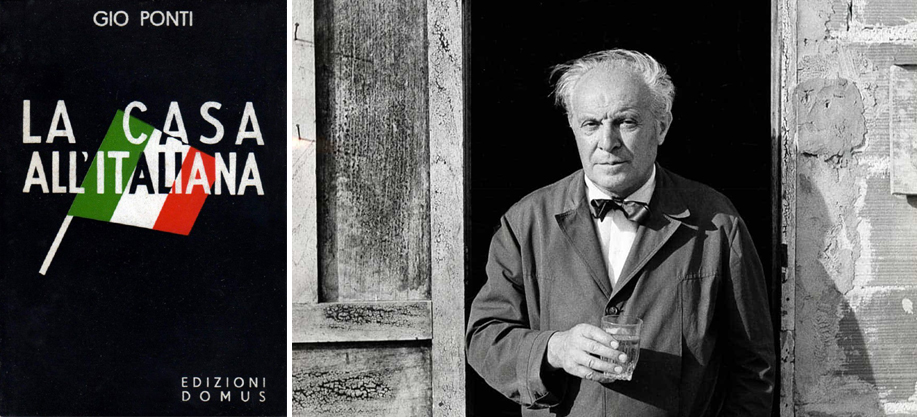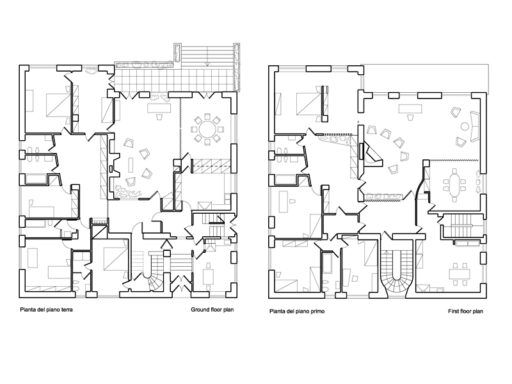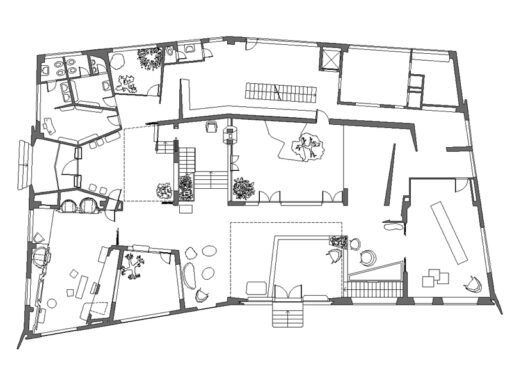The Italian-style home
Gio Ponti - "La casa all'italiana" taken from Domus of 1928

The Italian-style house is not the padded and garnished refuge of the inhabitants against the harshness of the climate as it is of the houses beyond the Alps where life seeks, for long months, shelter from the inclement nature: the Italian house is like a place chosen by us to enjoy in our life, with happy possession, the beauties that our lands and our skies give us in long seasons.
In the Italian house there is no great distinction between exterior and interior: elsewhere there is even separation of forms and materials: in our country the architecture from outside penetrates the interior, and does not neglect to use either stone or plaster or the fresco; in the vestibules and galleries, in the rooms and in the stairways, with arches, niches, vaults and columns, it regulates and arranges the rooms of our life in spacious dimensions.
From the inside, the Italian-style house succeeds outdoors with its arcades and terraces, with pergolas and verandas, with loggias and balconies, roof terraces and viewpoints, all very comfortable inventions for a serene home. Italian that in every language are called with names from here.
The same architectural ordinance therefore governs, to varying degrees, the facades and the interiors in the Italian-style house and still rules around nature itself with terraces and steps, with gardens, precisely called Italian-style, nymphaeums and perspectives, orchards and courtyards, all created to give comfort and scene to a happy home. Its design does not derive only from the material needs of living, it is not only a “machine à habiter”. The so-called “comfort” is not in the Italian house only in the correspondence of things to the needs, the comforts of our life and the organization of services.
His “comfort” is something superior, it is in giving us with architecture a measure for our own thoughts, in giving us with its simplicity a health for our customs, in giving us with its wide acceptance the meaning of life confident and numerous, and finally, for its easy and happy and ornate opening up and communicating with nature, in the invitation that the Italian house offers to our spirit to go to restful visions of peace, which consists in the true sense of the beautiful Italian word, COMFORT.
Gio Ponti – “The Italian house” from 1928 Domus





































































